The best technology from the 2016 North American International Auto Show
 Tuesday, January 12, 2016 at 12:28PM
Tuesday, January 12, 2016 at 12:28PM 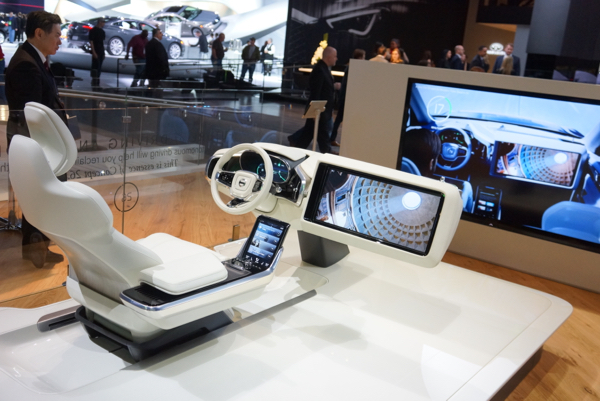 Text and photos by Gadjo Cardenas Sevilla
Text and photos by Gadjo Cardenas Sevilla
The automotive industry are the originators of the notion to push ‘new and improved,’ models yearly. Be it a new variants of beloved marquees, the addition of more chrome or fins, to moving the needle on performance, fuel economy, safety and of course, price.
Detroit, MI – Just days after the car-heavy International Consumer Electronics Show (CES) in Las Vegas wrapped up, many expected the Detroit Auto Show to focus on new technologies like Apple CarPlay and Android Auto integration, improved driver assistive technologies, electrification and autonomous driving technology to name but a few.
Just like the consumer technology industry, the motoring world thrives on iteration and upgrade cycles and game changing breakthroughs.
The automotive industry are the originators of the notion to push ‘new and improved,’ models yearly. Be it a new variants of beloved marquees, the addition of more chrome or fins, to moving the needle on performance, fuel economy, safety and of course, price.
In 2016, technology and the car manufacturing businesses are careening into an inevitable collision. While there are upstarts and start-ups like Tesla and more recently Faraday Future, who are applying the bare-bones structure of hungry tech startups into a model for innovation and manufacturing electric vehicles. We have giants like General Motors who are placing considerable R&D investment and quickly adapting to new technology-focused electric vehicle platforms.
It’s definitely an arms race, with many similar objectives in sight. Affordable long-rage electric vehicle, connected vehicles that easily morph into an extension of a driver’s chosen mobile ecosystems and infotainment, smarter vehicles that proactively improve driver and passenger safety.
After two days of combing the exhibits and attending various press conferences, here is the most impressive technology seen at the Auto Show.
The 2017 Chevrolet Bolt EV
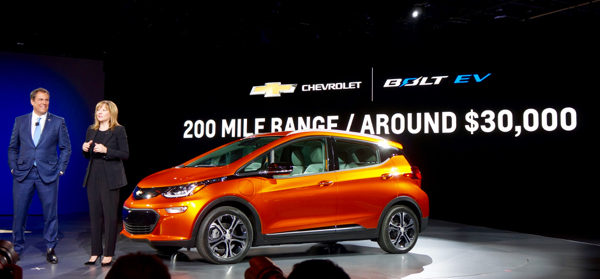 – More than any other carmaker, GM has had a long and storied history of looking at EVs (Electric Vehicles). The company set itself on a trajectory to really explore the boundaries beyond gasoline-powered internal combustion engines.
– More than any other carmaker, GM has had a long and storied history of looking at EVs (Electric Vehicles). The company set itself on a trajectory to really explore the boundaries beyond gasoline-powered internal combustion engines.
GM’s focus on EV goes as way back as 1990 with the Impact Electric Car concept and then the pilot program of EV1 cars from the early to mid-90s, this was when Elon Musk was still running his first startup Zip2.
Two successive generation of Chevy Volt hybrids helped define the vision as well as push GM’s innovation on battery and electrification solutions forwards.
What makes the 2017 Chevy Bolt EV the most compelling reveal in Detroit this year is that it is a fully-realized product that speaks to the future in many ways. It is a technological marvel in and out and a truly connected platform. Much will be made of the Bolt EV’s 200 mile range as well as its $30,000 price tag, these are industry-wide targets for such a vehicle that were purely aspirational even a year ago but are now worth considering for EV car buyers.
While many other carmakers are offering their vision of the future here at NAIAS and do offer some new technology in certain models, the Bolt EV is a production model that is affordable to more people and which will be available for purchase late this year.
Apple CarPlay and Android Auto infotainment solutions
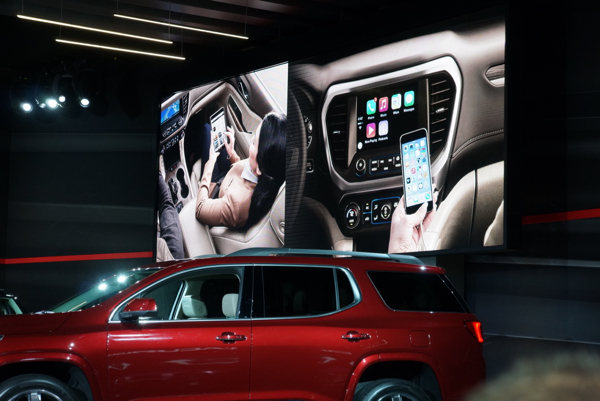
Various carmakers are offering not just one but two options for car infotainment options in Apple CarPlay or Android Auto solutions on their new vehicles. This is really important because many originally though that you would have to be locked into the Apple ecosystem or the Google ecosystem when buying a new car. In fact, various aftermarket stereos are exclusive partners to CarPlay.
Personally, I think Apple CarPlay is a better realized and more robust option. For most users who love their iPhones, they will be at home seeing the same icons, applications and functions accessible on their car touchscreens. But if you like Android Auto, it is also readily available from many 2016 model cars and trucks.
Concepts of autonomous driving future
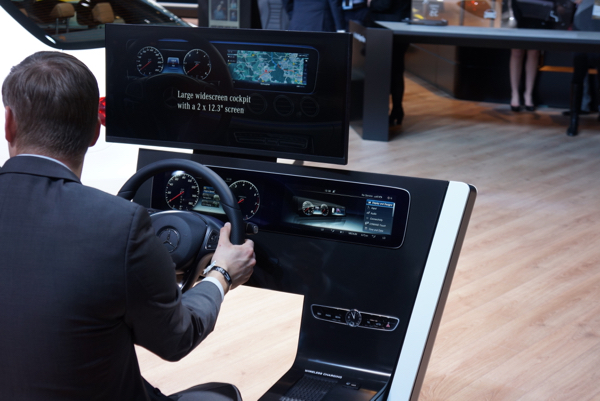
The endgame, really is to own a car that can drive itself. A car so advanced and in-tune with its surroundings and other cars, that it eliminates human error and can compensate for sudden changes in driving conditions within nanoseconds.
At this year’s NAIAS, this was very much on car manufacturer’s minds. While a number opted to demonstrate their vision with large and colourful touch screen displays and controls, others, like Volvo, showed off working models of how an autonomous car should work.
"We believe that when you're stuck in traffic or stuck in a commute, it would be nice to press a button and have the car drive autonomously," he said. "Once that is possible, you may want to spend your time maybe eating, reading, or just watching a film."
The dashboard of Volvo’s Concept 26 autonomous vehicle converts into a large touchscreen while the driver and passenger seats recline and the steering wheel and controls recede. It’s what you’d expect from going on auto-pilot or letting a vehicle basically drive itself.
More than just focusing on how vehicles can become autonomous, the concept helps create a fluid environment for drivers and passengers to shift from active (i.e. driving) to passive modes.
Faith in the future
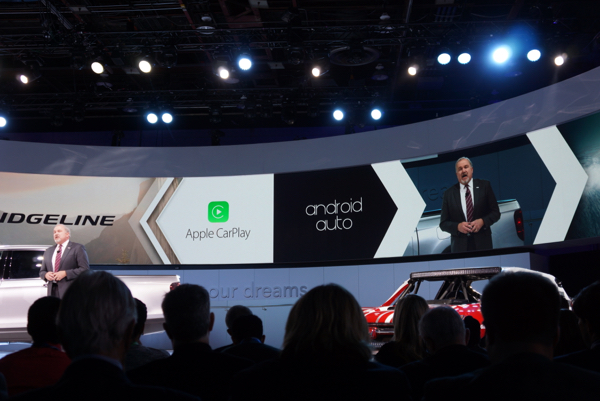
Many carmakers have shown that they are putting faith (and capital) into the future. GM famously invested US $500 million in ride-service Lyft and aside from partnering with the second (next to Uber), and fastest growing player in the game, GM is exploring various scenarios for the future.
Since cars are an underutilized resource (being used only 5% of the time), the company is looking at how to maximize the use of seat space. One project involves using loaner vehicles from car dealerships (which are busiest weekdays), as rentals for apartment dwellers on weekends, which is the peak time for most families to need a car.
Carmakers have also set up controlled test facilities for their autonomous driving vehicles and continue to plug away at this innovation.
----------------
Note– The Author attended the NAIAS as a guest of GM Canada who provided hotel lodging, food and transportation from hotel to the auto show.





















Reader Comments